
classification of chromosomes centromere, chromosome classifications
< Prev Next > Chromosome Map Our genetic information is stored in 23 pairs of chromosomes that vary widely in size and shape. Chromosome 1 is the largest and is over three times bigger than chromosome 22. The 23rd pair of chromosomes are two special chromosomes, X and Y, that determine our sex.
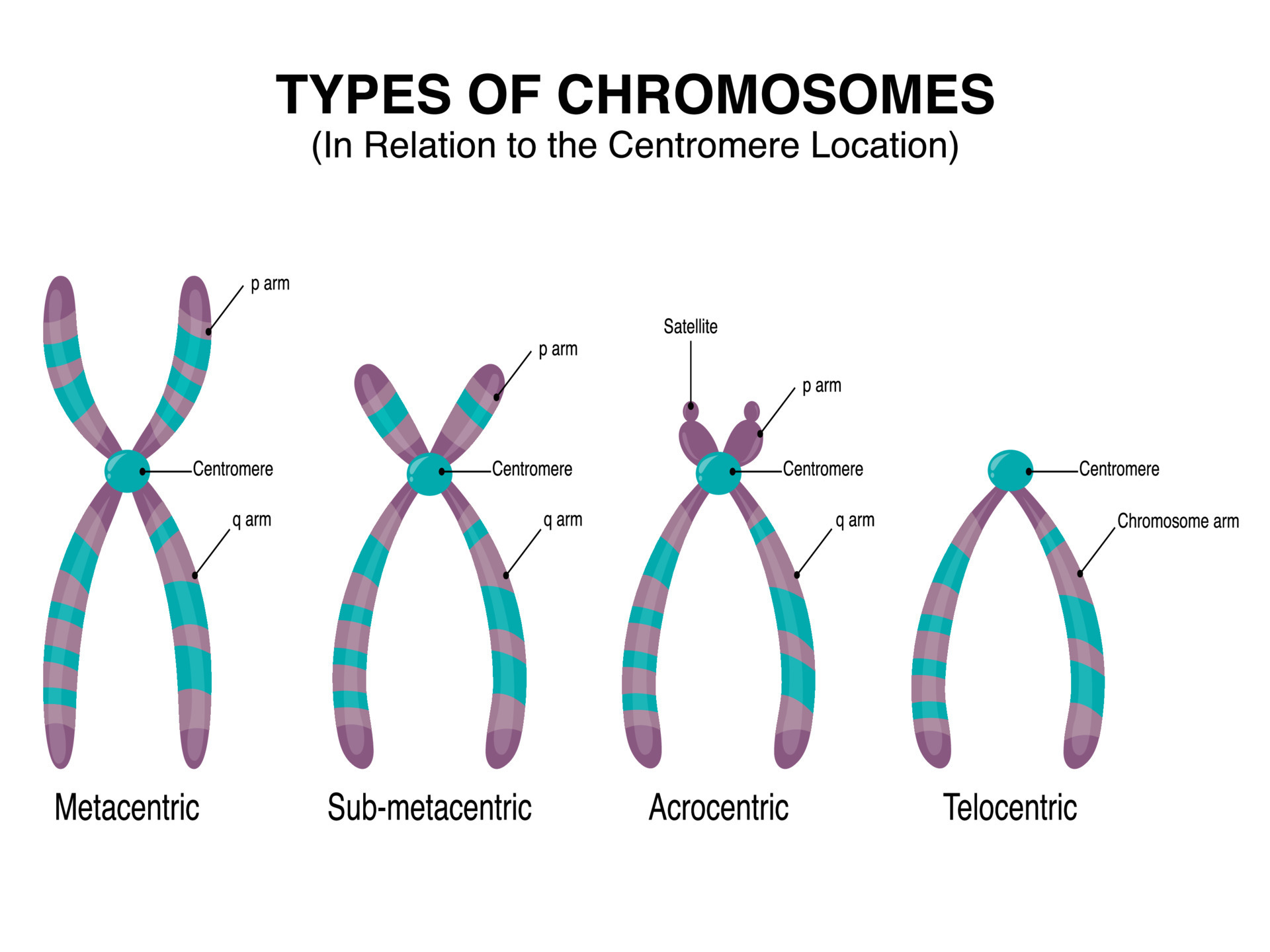
Types of Chromosomes in relation to the centromere location 7508619
Ultimately, of the four cells produced by this meiosis, two will be normal, one will have a chromosome with extra genes, and one will have a chromosome missing some genes. Errors of this type can also cause inversions and translocations. Figure 5.2.4 5.2. 4: Errors during meiotic crossovers can cause duplications and deletions.
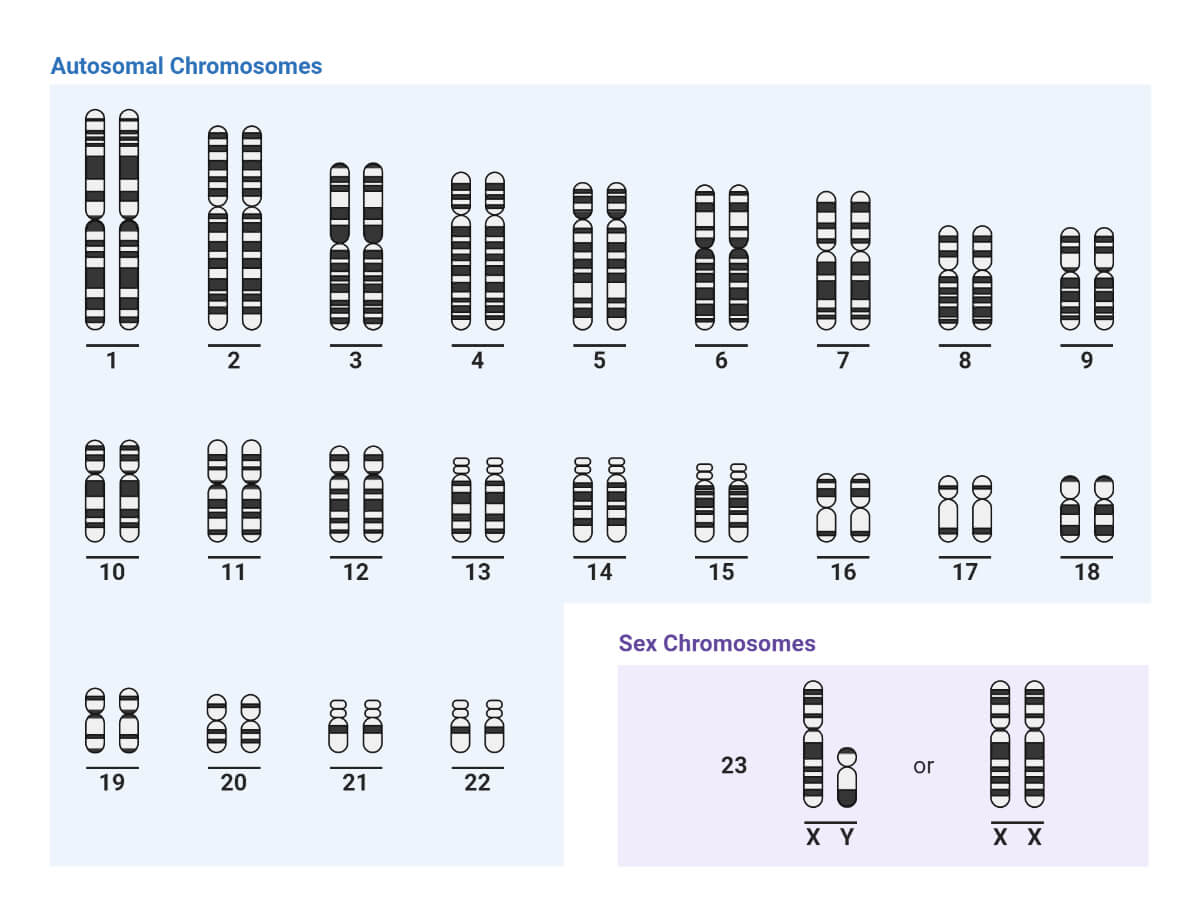
Chromosomes Definition, Structure, Types, Model, Functions
Some species of plants have four or more copies of each chromosome. Bacteria have just a single chromosome, arranged in a ring. Species also differ in how chromosomes specify sex. In birds, the sex chromosomes are called Z and W. Females are ZW and males are ZZ. The tiny roundworm C. elegans has just one type of sex chromosome called X. Those.
:max_bytes(150000):strip_icc()/140891584-56a2b41a5f9b58b7d0cd8cc9.jpg)
4 Types of Chromosome Mutations Evolution and
The Four Types of Chromosome rearrangements. Errors during the repair of multiple double strand breaks can cause four types of chromosome rearrangements. The type of chromosome rearrangement is dependent upon where the two breaks were originally and how they are rejoined. Figure \(\PageIndex{5}\) shows some possibilities but more are shown below.

What are the 4 types of chromosomes?
Chromosome Types. Chromosomes are divided into two parts (p and q arms) with a constriction point called a centromere in the middle. The centromere can be located in different positions and this forms the basis for the four different classes of chromosome: Metacentric - centromere is in middle, meaning p and q arms are of comparable length (e.

Four Types Human Chromosome Stock Vector (Royalty Free) 2264978595
NIH HHS USA.gov A chromosome is a DNA molecule that contains the genetic information for an organism. The chromosomal structure is composed of the organism's DNA and special proteins to form the dense, coiled architecture. The chromosome's tertiary structure is a crucial component in transcription regulation and cellular replication, and division.
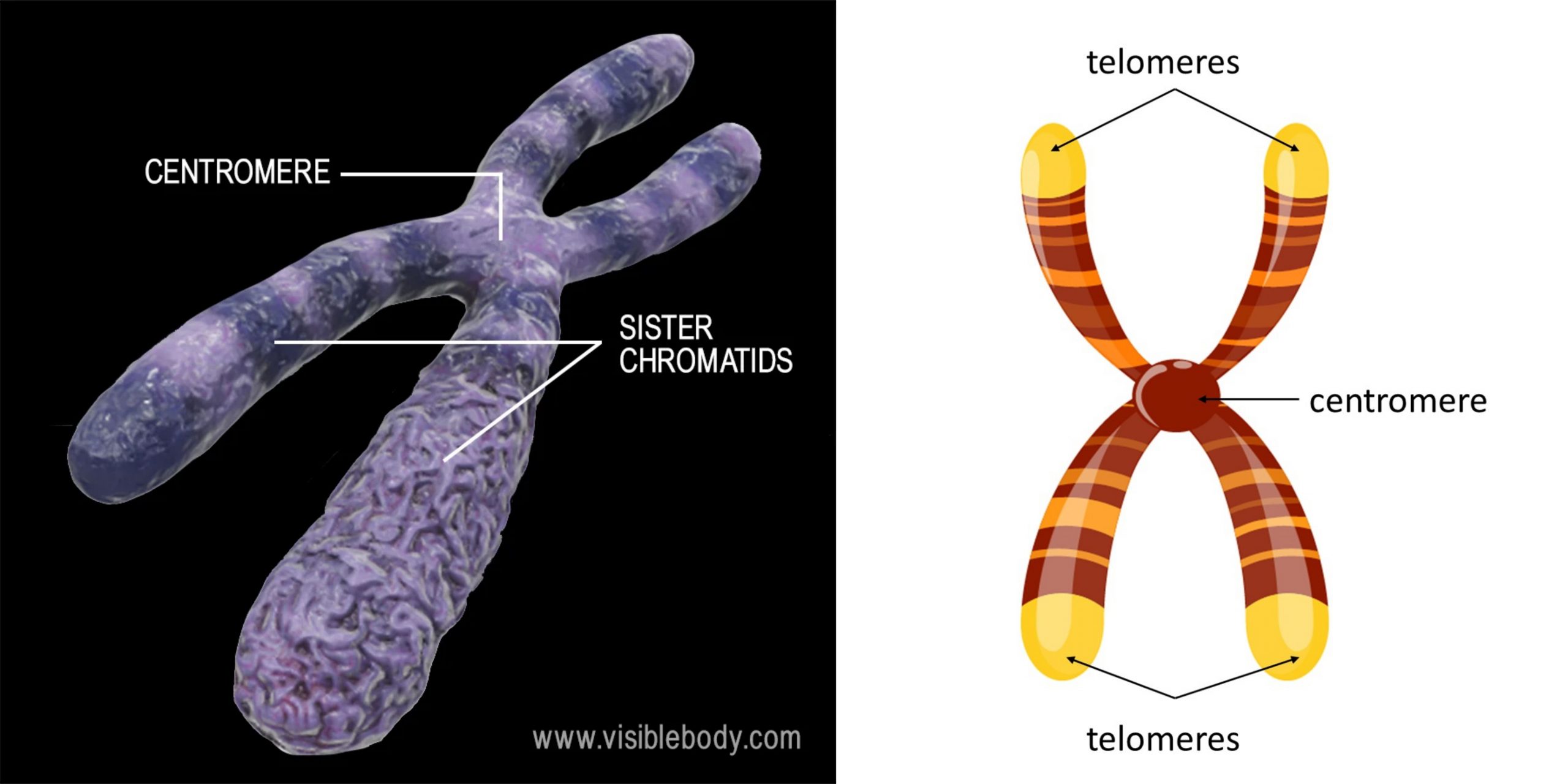
Chromosome Definition, Function, Structure, Types
Genes and Chromosomes. Genes are segments of deoxyribonucleic acid (DNA) that contain the code for a specific protein that functions in one or more types of cells in the body or the code for functional ribonucleic acid (RNA) molecules. Chromosomes are structures within cells that contain a person's genes.

Chromosome Structure Biology for Majors I
Chromosome 4 Chromosome 4 is one of the 23 pairs of chromosomes in humans. People normally have two copies of this chromosome. Chromosome 4 spans more than 193 million base pairs (the building material of DNA) and represents between 6 and 6.5 percent of the total DNA in cells . Genomics The chromosome is ~193 megabases in length.

Structure chromosome infographics Royalty Free Vector Image
Figure 1. Double-stranded DNA wraps around histone proteins to form nucleosomes that have the appearance of "beads on a string.". The nucleosomes are coiled into a 30-nm chromatin fiber. When a cell undergoes mitosis, the chromosomes condense even further. DNA replicates in the S phase of interphase.
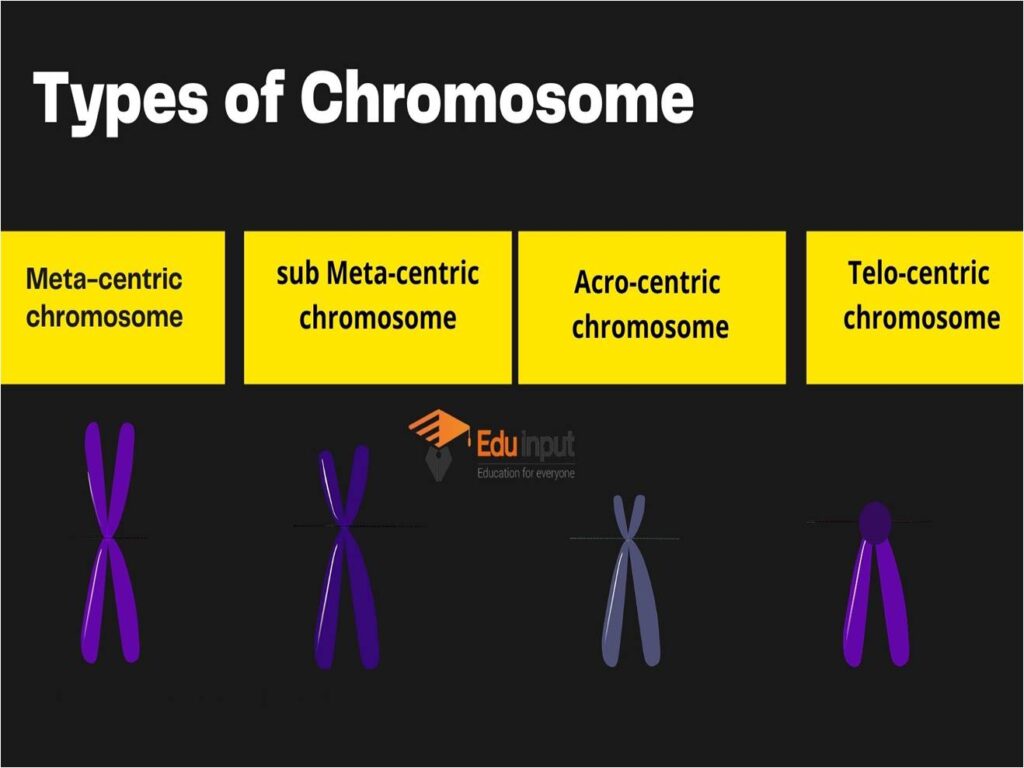
What is Chromosome? Structure and Types of Chromosomes
Chromosome 4 Description Humans normally have 46 chromosomes in each cell, divided into 23 pairs. Two copies of chromosome 4, one copy inherited from each parent, form one of the pairs. Chromosome 4 spans about 191 million DNA building blocks (nucleotides) and represents more than 6 percent of the total DNA in cells.
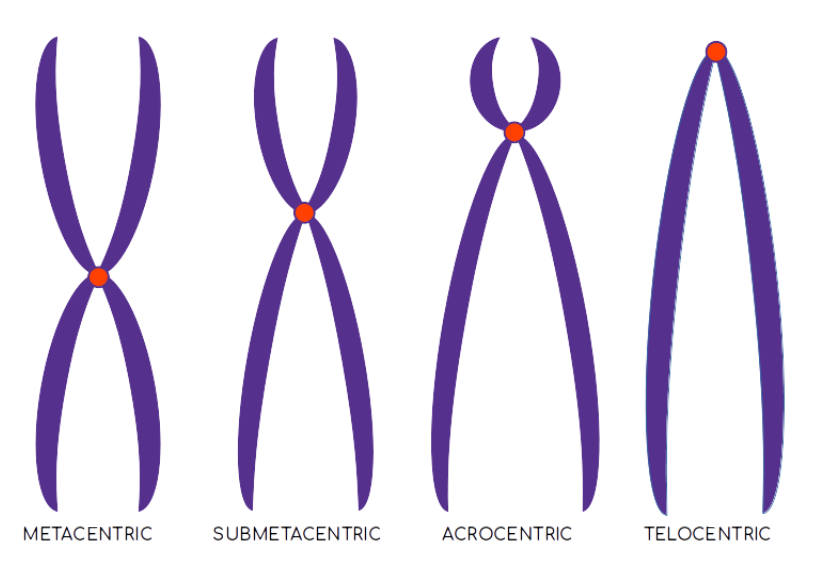
Types Of Chromosomes
4 Types of Chromosome Mutations -Evolution and Genetics Science, Tech, Math › Science Chromosome Mutations By Heather Scoville Updated on May 09, 2019 Microevolution is based on the changes at a molecular level that cause species to change over time.

Chromosome Definition, Structure, Types and Function Biology Ideas
4 types of chromosomes are: Sub metacentric chromosomes: These are chromosomes whose centromere is present near the middle and divides the chromosome into two unequal arms. It is an L-shaped chromosome. Most chromosomes in humans are submetacentric, e.g. 2nd, 4th to 12th, 17th, 18th, and X chromosomes. Acrocentric chromosomes:
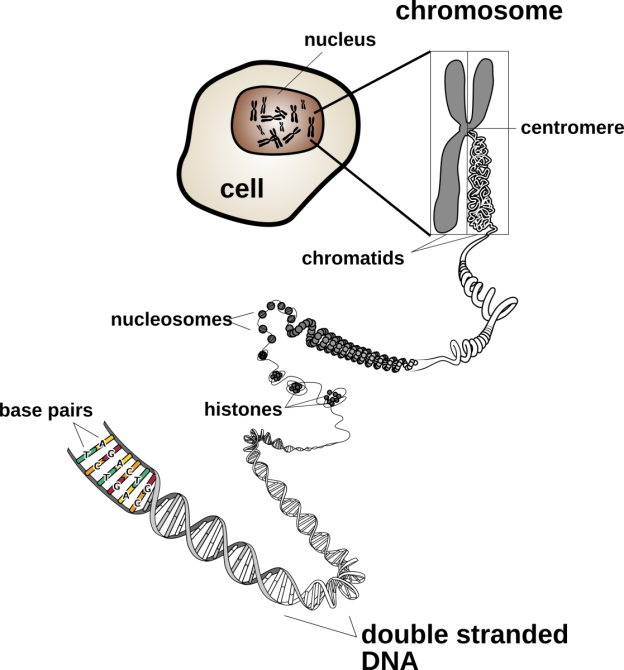
Chromosomes and Karyotypes Biology OER
On the basis of the location of the centromere, chromosomes are classified into four types: metacentric, submetacentric, acrocentric, and telocentric. © 2013 Nature Education Adapted from.
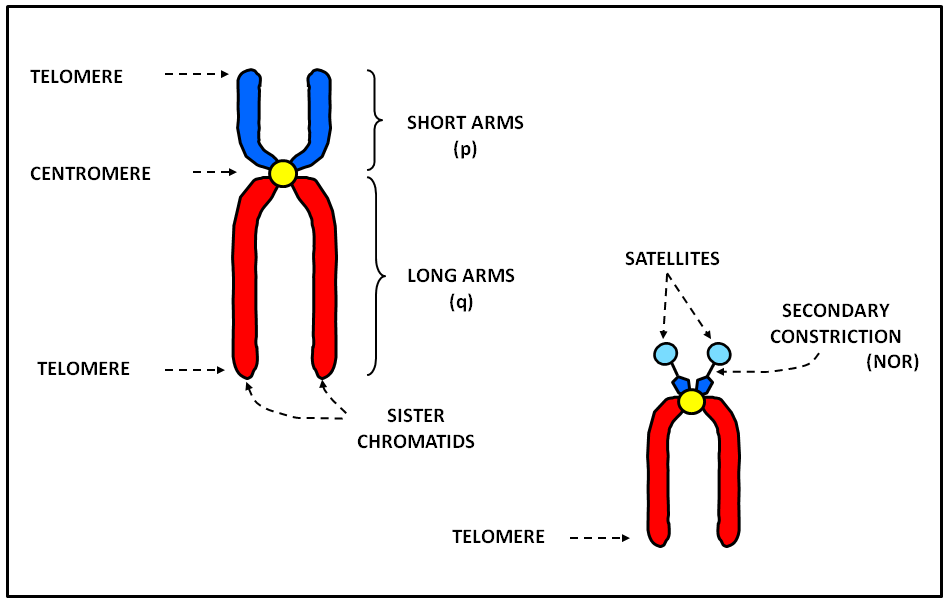
Structure and types of the eukaryotic chromosomes WikiLectures
chromosome, the microscopic threadlike part of the cell that carries hereditary information in the form of genes.A defining feature of any chromosome is its compactness. For instance, the 46 chromosomes found in human cells have a combined length of 200 nm (1 nm = 10 − 9 metre); if the chromosomes were to be unraveled, the genetic material they contain would measure roughly 2 metres (about 6.
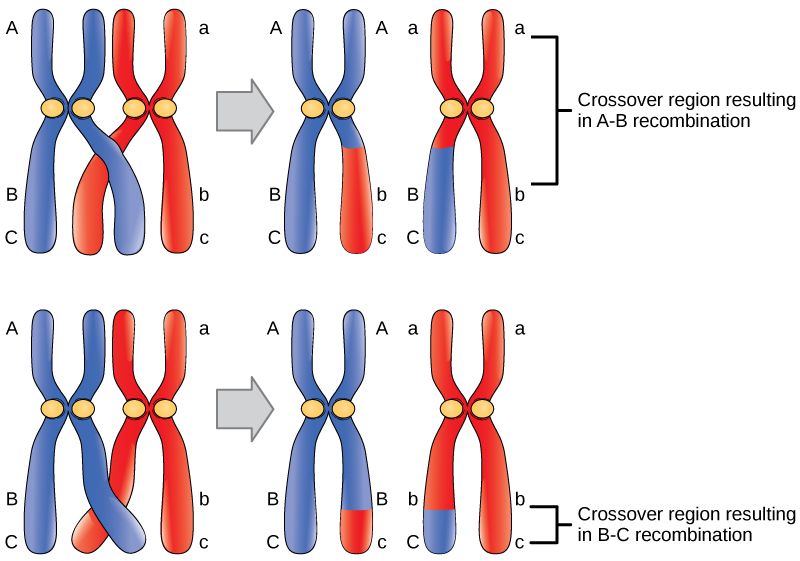
Mapping Genomes · Biology
Types of Chromosomes There are different types of chromosomes present in a cell during a particular stage of cell division. We shall learn about these chromosome types in the article discussed below. Home / Uncategorized / Types of Chromosomes Like it? Share it!

Chromosome definition, structure, types, and composition Javatpoint
Types of Chromosomes A. Autosomes and Sex Chromosomes B. On the Basis of Number of Centromeres C. On the Basis of Location of Centromere Prokaryotic Chromosomes Eukaryotic Chromosomes a. Nucleosomes b. 30 nm fiber c. Radial loops Nucleosome Model of Chromosome Features of the Nucleosome Model of Chromosomes The Folding of the DNA